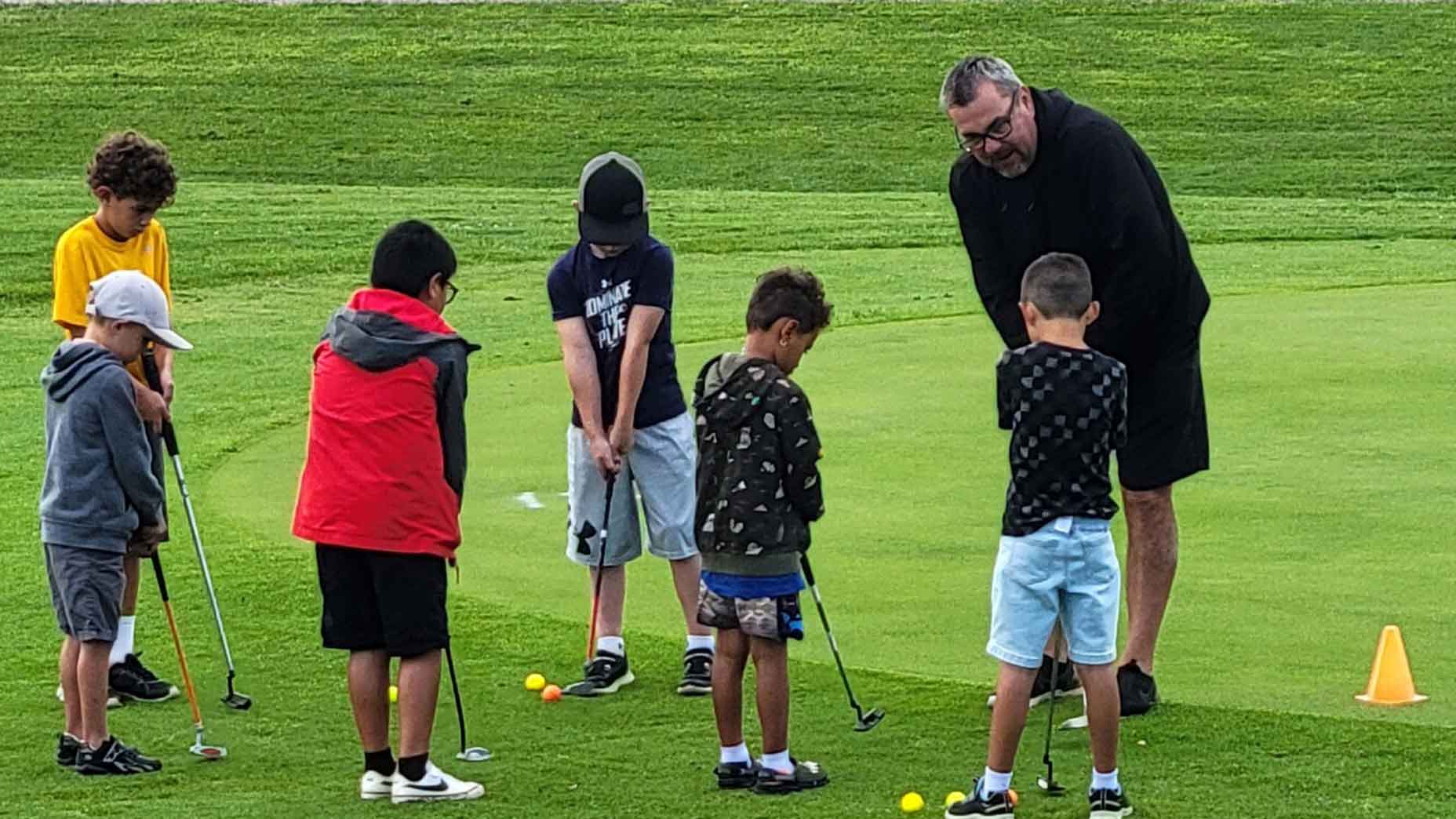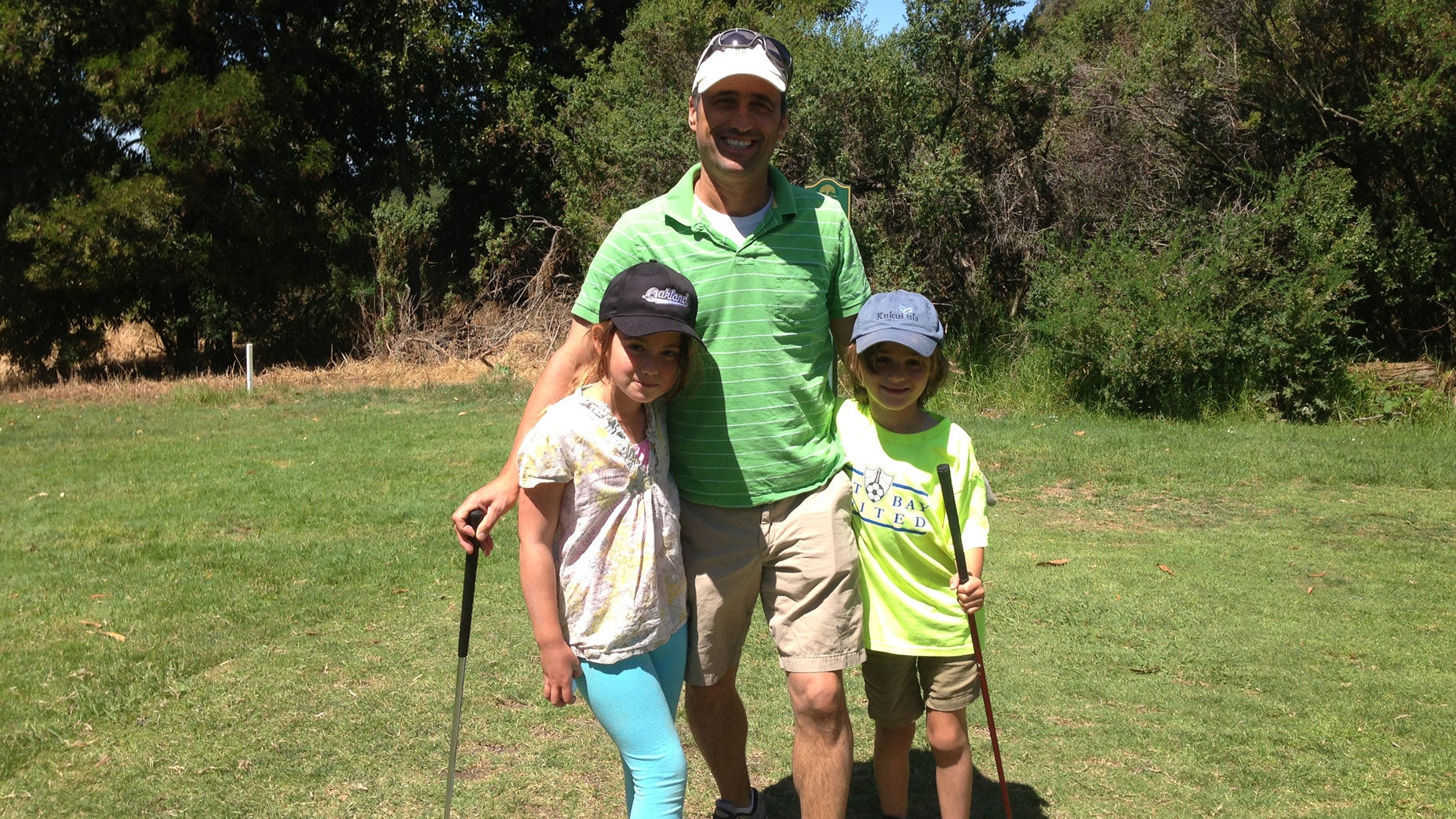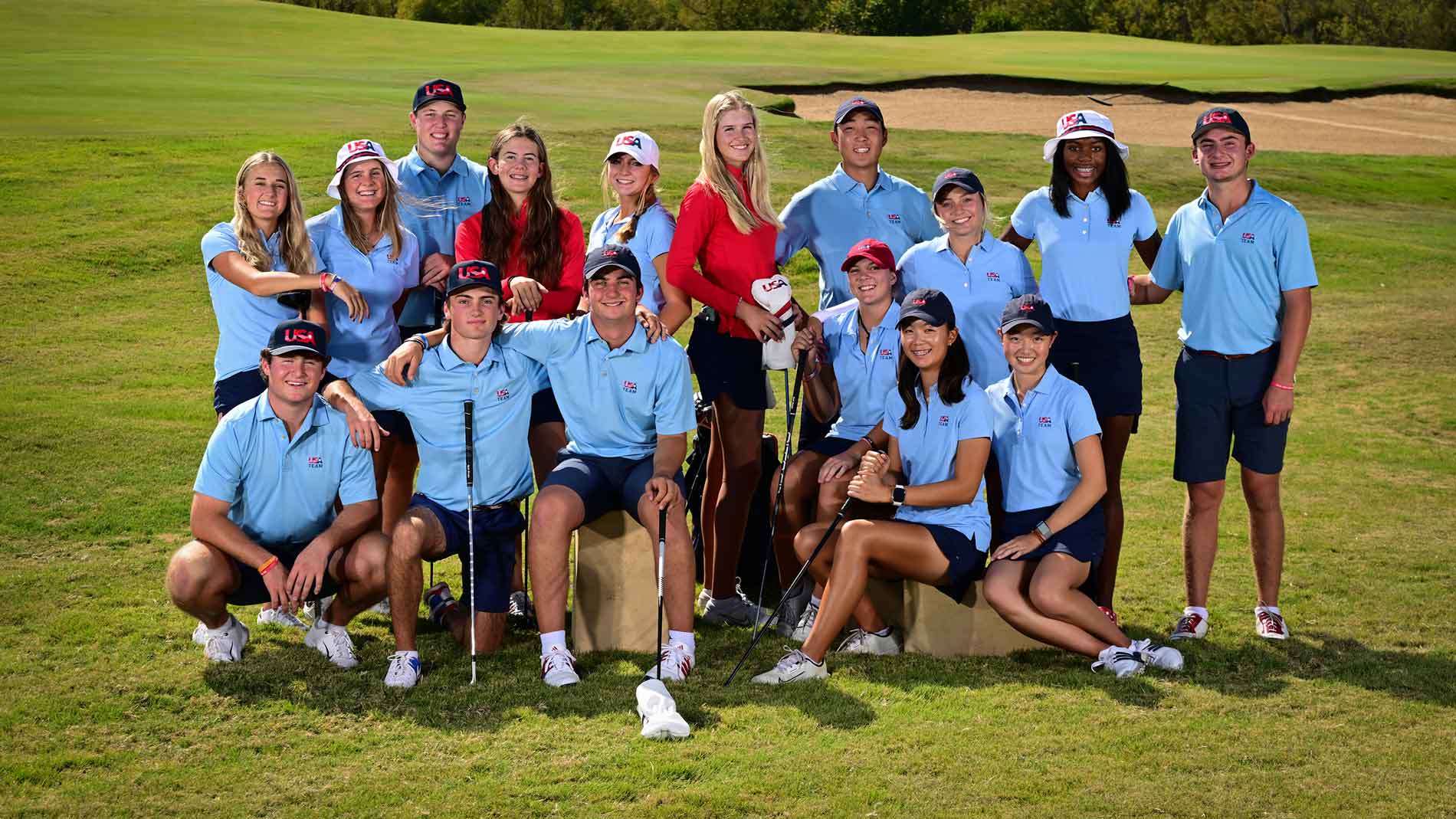When John Long was a boy growing up on the Pine Ridge Indian Reservation, in South Dakota, he didn’t think of golf as a stupid game. He didn’t think of golf at all.
This was in the 1980s. Basketball and wrestling were Long’s sports. The only course that he set foot on was a 9-hole, sand-greens layout that local residents had scratched out of the badlands. Few people played it. Long never did.
“But as kids, sometimes, there’d be a little tournament,” he told me by phone the other day. “The adults would pay us five bucks to rake the greens.”
Then, as now, every dollar counted around Pine Ridge.
One of the largest reservations in the United States, covering more than 11,000 square miles, the home of the Oglala Lakota Nation is a starkly beautiful expanse that doubles as a source of gloomy socio-economic stats. Its population of approximately 19,000 ranks among the poorest demographic groups in the country, with an unemployment rate north of 80 percent. Life expectancies are short. Crime counts are high.
The second-youngest of nine children, raised by a single mom, Long went to college, a rarity among his peers. His plan was to become a teacher. But on a visit home, in his early 20s, he crossed paths with a friend who was working as a police officer. A few ride-alongs later, Long switched his focus to law enforcement, patrolling tribal land, a path he followed for nearly 30 years.
The job was by turns gratifying and grim.
“Alcohol is illegal on the reservation, and a lot of the crimes are alcohol-related,” Long said. “Assaults. Domestic abuse. Homicides. Many of the deaths were people I knew growing up, so that was challenging. It was important for me to find ways to separate myself from work.”
One of those ways wound up being golf. Long’s introduction to the game came through colleagues on the force, who invited him to fill out a foursome in a scramble. It wasn’t love at first swing, but it was love soon enough. Weekend rounds became Long’s regular escape. The more he played, the more he grew attuned to golf’s connective power. A catalyst for friendships, the game opened the doors of opportunity, too.
If Long had his way, more people at Pine Ridge would have benefited from it, especially kids. But golf carried no weight around the reservation.
“I could probably have counted the number of people who played on one hand,” Long said.
His own son, Tristen, learned the game when he was 9, in the early 2000s, and went on to play on scholarship at Dickinson State University, in North Dakota. But like his father before him, Tristen was an outlier at Pine Ridge.
“Most kids on the reservation play basketball, and a lot of them go into the military,” Long said. “Nothing wrong with that. But I wanted to show them some other options, give them something to do that would keep them busy, stay out of trouble, and they’d learn some valuable skills along the way.”
Years flew by. In 2017, Long retired. He is 56 now, and golf retains a firm hold in his life. That hasn’t changed. What’s different these days is that golf has found purchase at Pine Ridge. Though the sand-greens course has been gone for decades, and there’s no other place to play on the reservation, the seeds of the game have sprouted in the badlands. Under Long’s stewardship, junior golf has taken root.

His efforts began at Red Cloud High School, where he signed on to coach three years ago, mustering enough interest to fill out rosters for a boys’ and girls’ team. Then, last fall, he broadened his campaign by launching a First Tee program, the first at Pine Ridge.
Funding for it comes from a USGA grant, which covers equipment and assorted incidentals, but the energy for it is supplied by Long, a one-man operation, running classes and clinics at three of the 13 schools on the reservation. It was slow-going at first.
“Some schools were receptive,” Long said. “But others hesitated because they don’t know about golf at the First Tee. I’ve had to explain it to them. It’s not just about the game. It’s about honesty, integrity. There’s a lot more to it than just hitting a ball.”
More than 200 kids are now part of the program, learning swing fundamentals and life skills in barebones indoor and outdoor facilities. Mostly, Long makes use of high school gymnasiums, and a field next to a church as his practice range. When schedules allow, he drives his pupils to the nearest green-grass course, 24 miles away, in Nebraska.
His payment comes in signs of progress. One girl in his program, now in her second year of playing, qualified for the state championship and has earned a scholarship to a community college. Long’s daughter, Ruth, 11, who is also in the program, finished second this month at a South Dakota Golf Association junior event.
In golf, as in life, nothing is promised. But possibilities abound. Just this week, Long was offered a second coaching job — at Lakota High School — a role that he’ll take on, even as he continues to grow the First Tee program. In Long’s wildest dreams, local leaders would find money to build a modest golf course on the reservation, a ready outlet for recreation and a portal to bring more kids into the game. But he’s realistic.
“At minimum,” he said, “I’d love for us to have a putting green and a driving range.”










